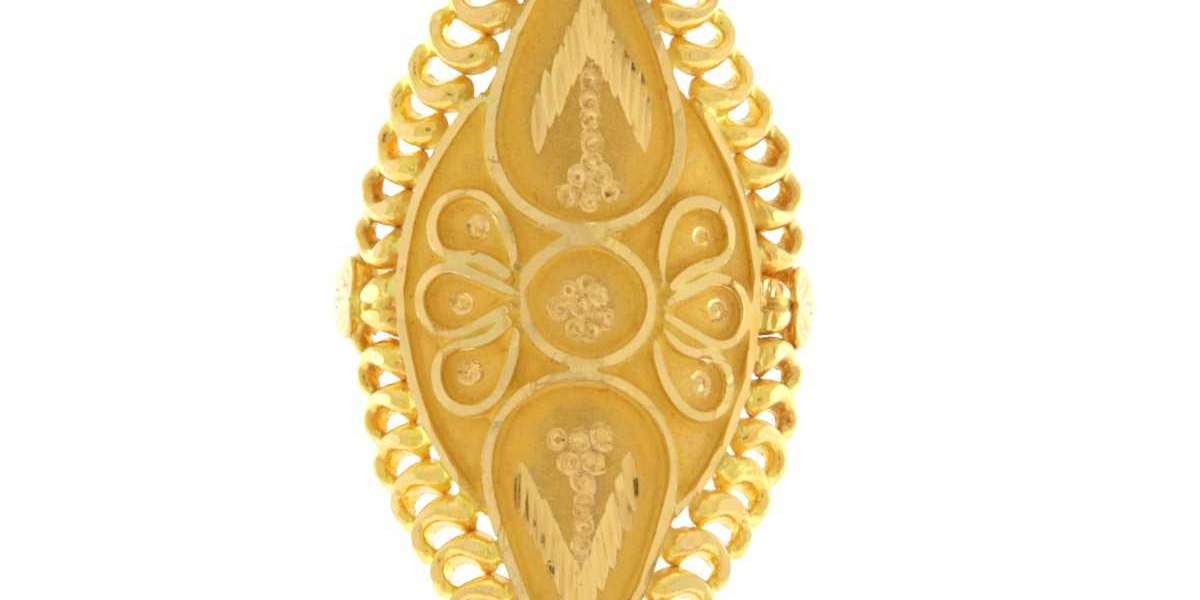indian gold rings have held a special place in the hearts of people for centuries. More than just accessories, they are cherished symbols of tradition, wealth, and identity. From ancient royal courts to modern-day celebrations, gold rings in India have evolved in design, craftsmanship, and significance, yet continue to hold cultural and emotional value for wearers across generations.
The Cultural Significance of Indian Gold Rings
In Indian culture, gold is more than a precious metal—it is an auspicious symbol of prosperity and purity. Gold rings, in particular, play a vital role in various rites of passage, especially weddings. For instance, during engagement ceremonies, the exchange of gold rings signifies commitment and the beginning of a lifelong partnership. In many regions, these rings are also considered talismans that bring good fortune and ward off negative energies.
Design Diversity Across India
India is a land of rich cultural diversity, and this is beautifully reflected in its jewelry designs. Indian gold rings vary in style depending on region, tradition, and purpose.
South India : Renowned for its intricate temple jewellery, gold rings from the South often feature motifs of deities, peacocks, or floral patterns, crafted with exceptional detail.
North India : Here, you'll find elaborate gold rings often embellished with precious stones like rubies, emeralds, and diamonds. Mughal-inspired designs featuring filigree work and polki settings are particularly popular.
East and West India : Minimalist gold bands with delicate engravings or fusion designs are common, appealing to the modern aesthetic while staying rooted in tradition.
Popular Types of Indian Gold Rings
Engagement Rings : While diamonds are becoming more common, traditional Indian engagement rings still often feature pure 22-karat gold with detailed craftsmanship.
Cocktail Rings : These large, statement-making rings are worn during weddings and festivals, often studded with colorful gemstones.
Traditional Rings : Rings with symbolic motifs such as Om, Swastik, or temple carvings serve religious and cultural purposes.
Everyday Rings : Sleeker and simpler in design, these rings are ideal for daily wear but still reflect the elegance of Indian jewelry artistry.
Craftsmanship and Purity
One of the defining characteristics of Indian gold rings is the emphasis on purity. Most traditional Indian gold jewelry is crafted in 22-karat gold, which contains about 91.6% pure gold. The craftsmanship is often done by hand, especially in family-run workshops where skills are passed down through generations. This commitment to quality and detail is what makes Indian gold rings stand out globally.
The Modern Appeal
With changing times, Indian gold rings have also adapted to contemporary tastes. real gold ring Many jewelers now offer customizable designs that blend traditional motifs with modern aesthetics. Lightweight rings with innovative settings appeal to younger audiences who want the richness of gold without the heaviness of classic designs.
Moreover, online platforms have made it easier than ever to purchase authentic Indian gold rings from the comfort of home. Whether you're looking for a bridal set or a casual accessory, there's something to suit every occasion and budget.
Conclusion
Indian gold rings are more than just jewelry—they are storytellers of heritage, symbols of love, and heirlooms of value. With their timeless appeal and evolving designs, they continue to be a treasured part of Indian culture. Whether passed down through generations or gifted to mark a milestone, Indian gold rings will always hold a place of honor in the world of jewelry.
Visit Us: https://www.a1jewellers.com/



